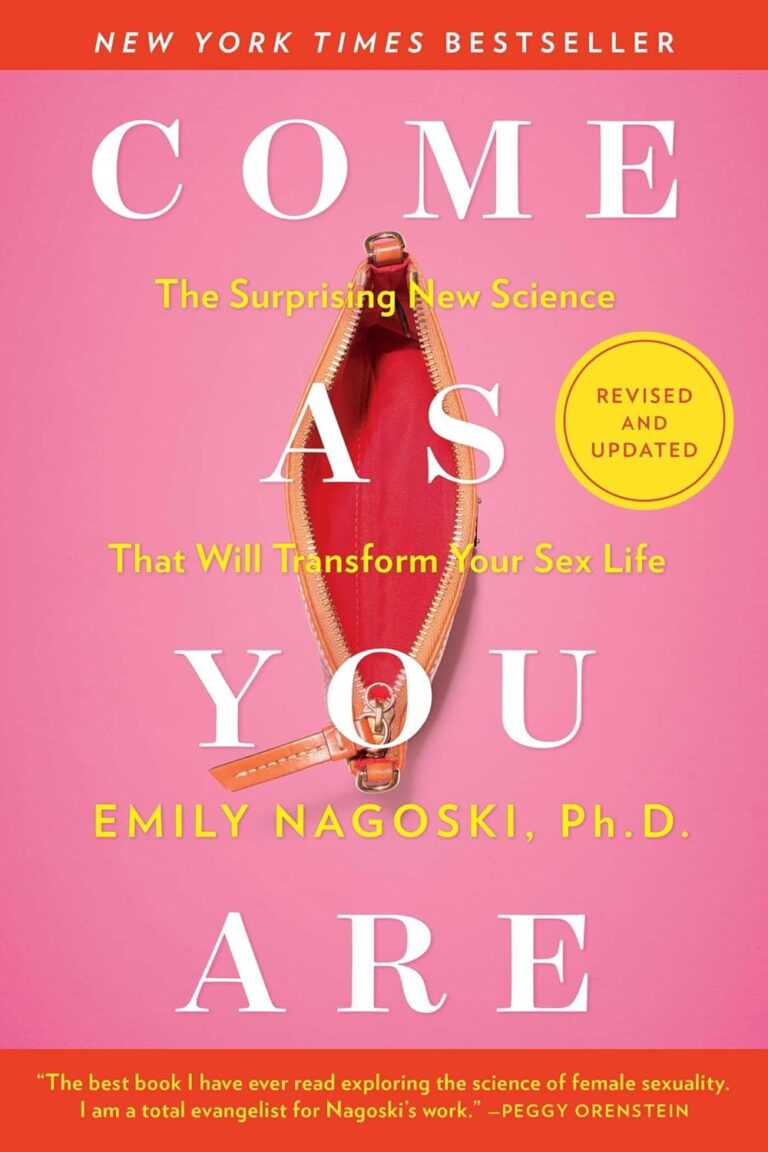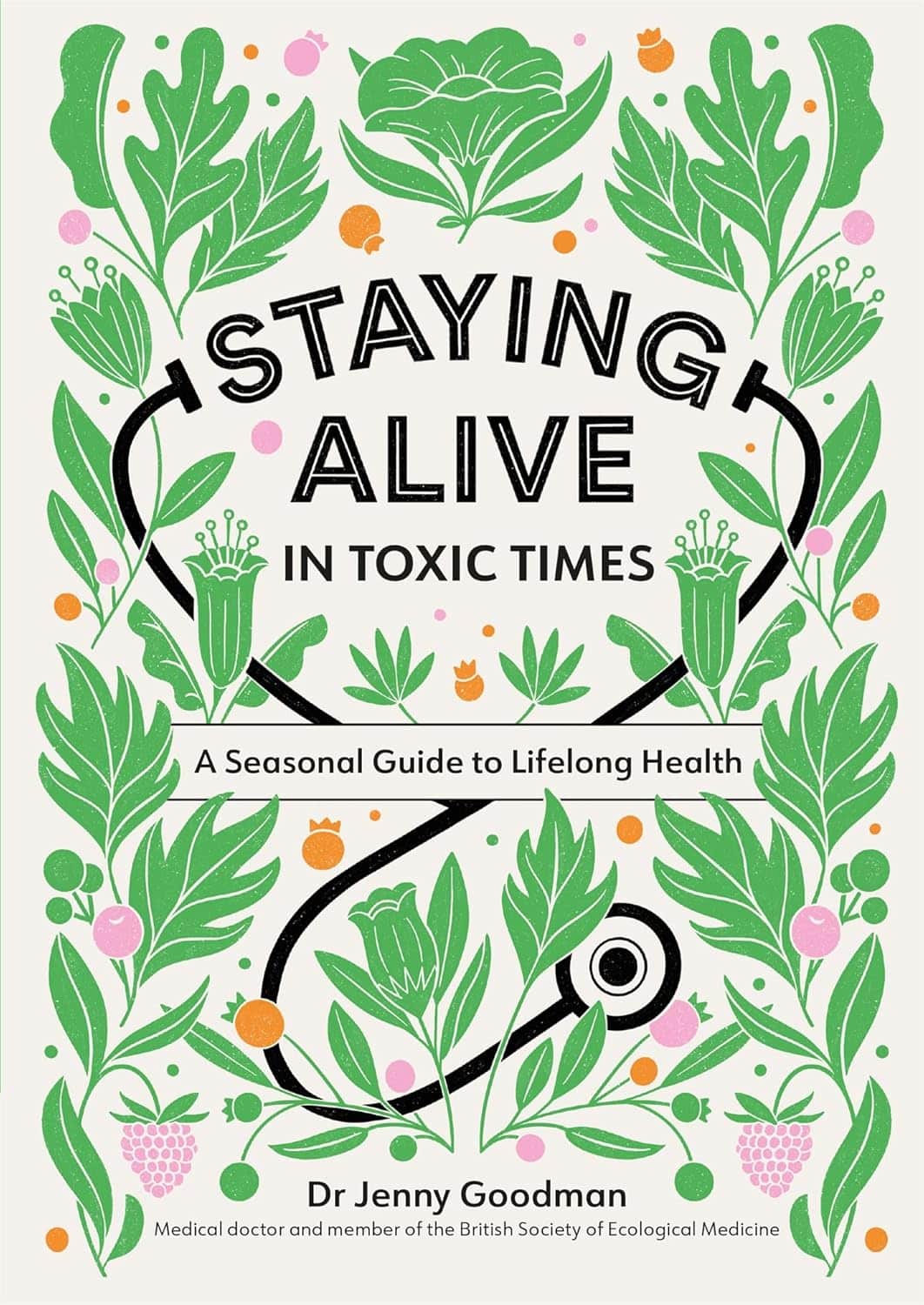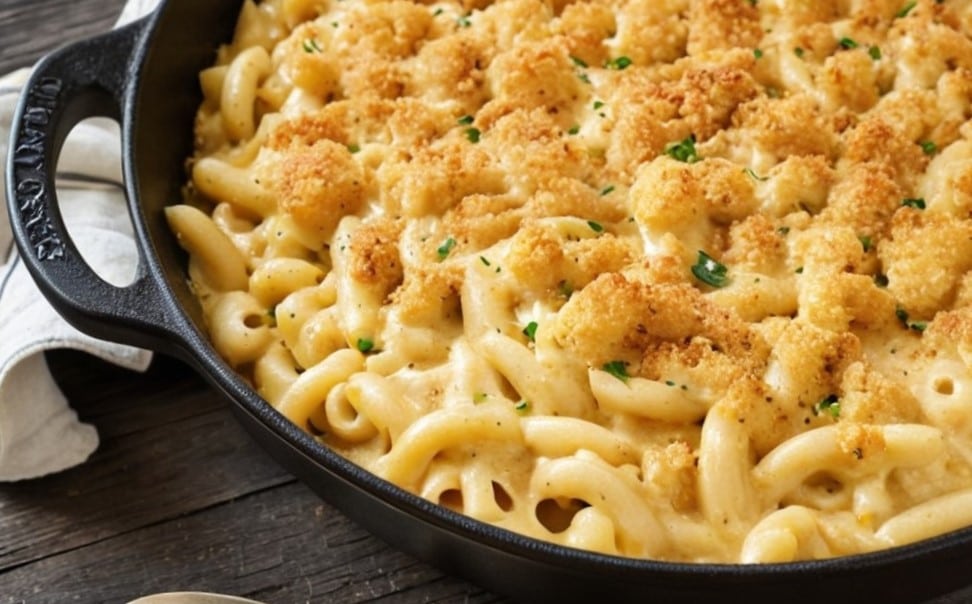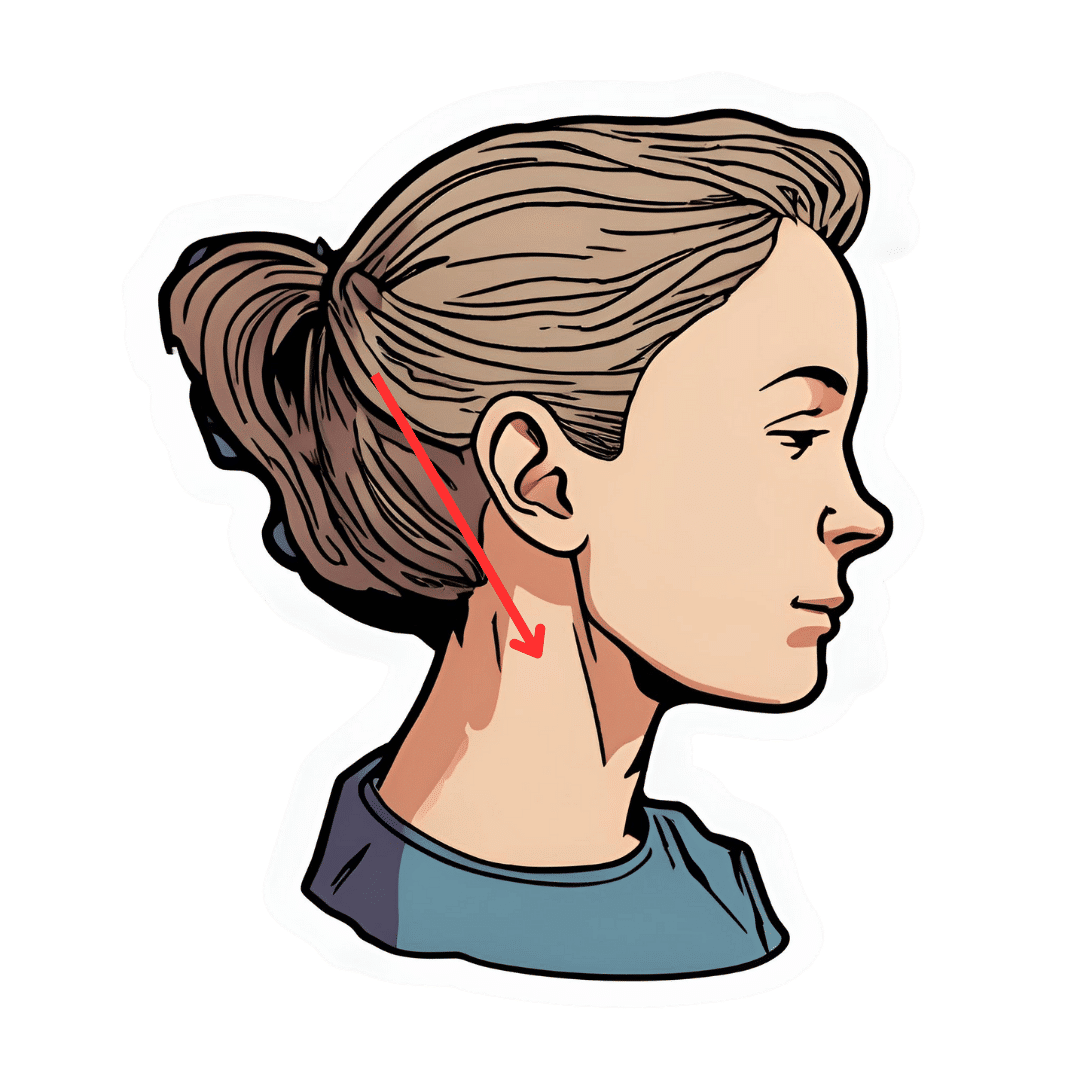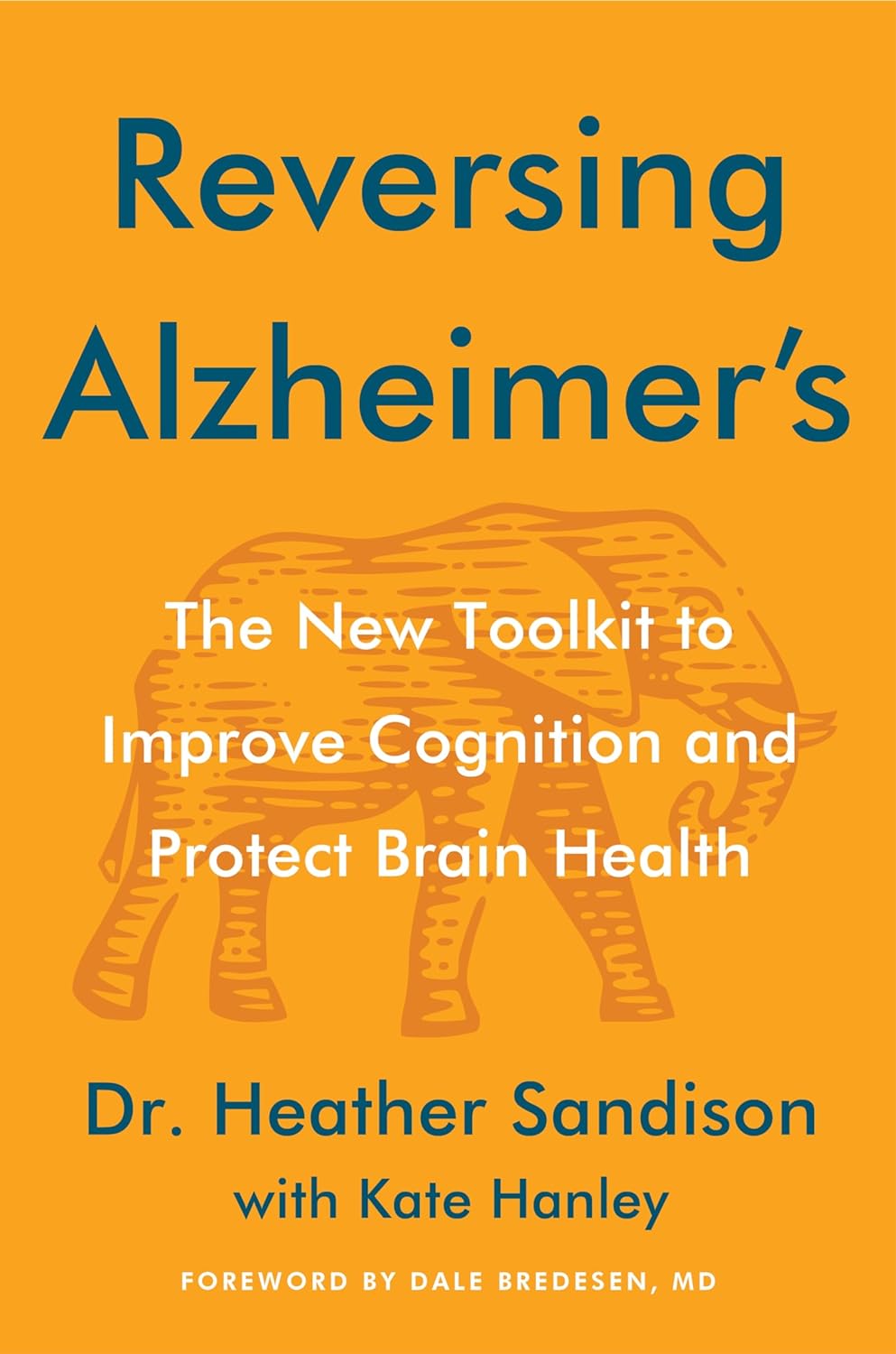
Reversing Alzheimer’s – by Dr. Heather Sandison
10almonds is reader-supported. We may, at no cost to you, receive a portion of sales if you purchase a product through a link in this article.
The title here is bold, isn’t it? But, if the studies so far are anything to go by, she is, indeed, reversing Alzheimer’s. By this we mean: her Alzheimer’s patients have enjoyed a measurable reversal of the symptoms of cognitive decline (this is not something that usually happens).
The science here is actually new, and/but references are given aplenty, including Dr. Sandison’s own research and others—there’s a bibliography of several hundred papers, which we love to see.
Dr. Sandison’s approach is of course multivector, but is far more lifestyle medicine than pills, with diet in particular playing a critical role. Indeed, it’s worth mentioning that she is a naturopathic doctor (not an MD), so that is her focus—though she’s had a lot of MDs looking in on her work too, as you may see in the book. She has found best results in a diet low in carbs, high in healthy fats—and it bears emphasizing, healthy ones. Many other factors are also built in, but this is a book review, not a book summary.
Nor does the book look at diet in isolation; other aspects of lifestyle are also taken into account, as well as various medical pathways, and how to draw up a personalized plan to deal with those.
The book is written with the general assumption that the reader is someone with increased Alzheimer’s risk wishing to reduce that risk, or the relative of someone with Alzheimer’s disease already. However, the information within is beneficial to all.
The style is on the hard end of pop-science; it’s written for the lay reader, but will (appropriately enough) require active engagement to read effectively.
Bottom line: if Alzheimer’s is something that affects or is likely to affect you (directly, or per a loved one), then this is a very good book to have read
Click here top check out Reversing Alzheimer’s, and learn how to do it!
Don’t Forget…
Did you arrive here from our newsletter? Don’t forget to return to the email to continue learning!
Recommended
Learn to Age Gracefully
Join the 98k+ American women taking control of their health & aging with our 100% free (and fun!) daily emails:
-
Health Benefits Of Cranberries (But: You’d Better Watch Out)
10almonds is reader-supported. We may, at no cost to you, receive a portion of sales if you purchase a product through a link in this article.
Health Benefits Of Cranberries (But: You’d Better Watch Out)
Quick clarification first: today we’re going to be talking about cranberries. Not “cranberry juice drink” that is loaded with sugar, nor “cranberry jelly” or similar that is more added sugar than it is cranberry.
We’re going to keep this short today, because “eat berries” is probably something you know already, but there are some things you should be aware of!
The benefits
Cranberries, even more than most berries, are full of polyphenols and flavonoids that do “those three things that usually come together”: antioxidant properties, anti-inflammatory properties, and anti-cancer properties
Unsurprisingly, this also means they’re good for the immune system and thus quite a boon in flu season:
They’re also good for heart health:
Quick Tip: we’re giving you one study for each of these things for brevity, but if you click through on any of our PubMed study links, you’ll (almost) always see a heading “Similar articles” heading beneath it, which will (almost) always show you plenty more.
Perhaps the most popular reason people take cranberry supplements, though, is their effectiveness at prevention of urinary tract infections:
Indeed, their effectiveness is such that researchers have considered them a putative alternative to antibiotics, particularly in individuals with recurrent UTIs:
Is it safe?
Cranberries are generally considered a very healthful food. However, there are two known possible exceptions:
If you are taking warfarin, it is possible that cranberry consumption may cause additional anti-clotting effects that you don’t want.
If you are at increased risk of kidney stones, the science is currently unclear as to whether this will help or hinder:
- Influence of cranberry juice on the urinary risk factors for calcium oxalate kidney stone formation ← this one concluded “Cranberry juice has antilithogenic properties and, as such, deserves consideration as a conservative therapeutic protocol in managing calcium oxalate urolithiasis”
- Dietary supplementation with cranberry concentrate tablets may increase the risk of nephrolithiasis ← this one, as you can see, concluded the opposite
- Safety of Cranberry: Evaluation of Evidence of Kidney Stone Formation and Botanical Drug-Interactions ← this one acknowledges “contradictory data regarding the role of cranberry in kidney stone formation”
Where can I get some?
You can probably buy fresh, frozen, or dried cranberries from wherever you normally do your grocery shopping.
However, if you prefer to take it in supplement form, then here’s an example product on Amazon
Enjoy!
Share This Post
-
10 Ways To Self-Soothe That Don’t Involve Food Or Drink
10almonds is reader-supported. We may, at no cost to you, receive a portion of sales if you purchase a product through a link in this article.
If one is accustomed to comfort-eating or drowning one’s sorrows, what are the alternatives that can actually work? Holistic nutritionist Selin Bilgin has a list:
Self-Care That’s Not Self-Sabotage
You might want to make a note of these 10 things, so they can be a sort of “menu” for you when you need them:
- Give your introversion or extroversion what it needs (e.g. alone time to decompress, or social activities)
- Treat your senses: often we don’t actually need food/drink so much as culinary entertainment. So, we can sate this sensory mood in other ways, for example pleasant candles, flowers, and so forth.
- Bathe/shower nicely: it’s cliché but some personal pampering can go a long way
- Beautify yourself: it’s also cliché, but a makeover evening has its place
- Move! Go for a walk, do some yoga, whatever suits you, but move your body.
- Make movie nights luxurious: instead of making it about food/drink, focus on creating an enjoyable atmosphere
- Physically release tension: at 10almonds we recommend progressive relaxation for this!
- Create something: whether it’s art, craft, baking, or something else, creativity feels good
- Tackle things you’ve been procrastinating: this one doesn’t seem like self-soothing from the front end, but from the back end (i.e., having done it), it makes a big difference!
- Journal: expressing your thoughts and feelings can help a lot—really.
For more on each of these, enjoy:
Click Here If The Embedded Video Doesn’t Load Automatically!
Want to learn more?
You might also like to read:
- The Mental Health First-Aid That You’ll Hopefully Never Need
- Rebalancing Dopamine (Without “Dopamine Fasting”)
- Self-Care That’s Not Just Self-Indulgence
Take care!
Share This Post
-
Staying Alive – by Dr. Jenny Goodman
10almonds is reader-supported. We may, at no cost to you, receive a portion of sales if you purchase a product through a link in this article.
A lot of “healthy long life” books are science-heavy to the point of being quite challenging to read—they become excellent reference sources, but not exactly “curl up in the armchair” books.
Dr. Goodman writes in a much more reader-friendly fashion, casual yet clear.
She kicks off with season-specific advice. What does that mean? Basically, our bodies need different things at different times of year, and we face different challenges to good health. We may ignore such at our peril!
After a chapter for each of the four seasons (assuming a temperate Northern Hemisphere climate), she goes on to cover the seasons of our life. Once again, our bodies need different things at different times in our life, and we again face different challenges to good health!
There’s plenty of “advice for all seasons”, too. Nutritional dos and don’t, and perennial health hazards to avoid.
As a caveat, she does also hold some unscientific views that may be skipped over. These range from “plant-based diets aren’t sustainable” to “this detox will get rid of heavy metals”. However, the value contained in the rest of the book is more than sufficient to persuade us to overlook those personal quirks.
In particular, she offers very good advice on overcoming cravings (and distinguishing them from genuine nutritional cravings), and taking care of our “trillions of tiny companions” (beneficial gut microbiota) without nurturing Candida and other less helpful gut flora and fauna.
In short, a fine lot of information in a very readable format.
Share This Post
Related Posts
-
Healthy Butternut Macaroni Cheese
10almonds is reader-supported. We may, at no cost to you, receive a portion of sales if you purchase a product through a link in this article.
A comfort food classic, healthy and plant-based, without skimping on the comfort.
You will need
- ½ butternut squash, peeled and cut into small pieces (if buying ready-chopped, this should be about 1 lb)
- 1 onion, chopped
- ¼ bulb garlic
- 2 tbsp extra virgin olive oil
- 12 oz (or thereabouts) wholegrain macaroni, or similar pasta shape (even penne works fine—which is good, as it’s often easier to buy wholegrain penne than wholegrain macaroni) (substitute with a gluten-free pasta such as buckwheat pasta, if avoiding gluten)
- 6 oz (or thereabouts) cashews, soaked in hot water for at least 15 minutes (but longer is better)
- ½ cup milk (your preference what kind; we recommend hazelnut for its mellow nutty flavor)
- 3 tbsp nutritional yeast
- Juice of ½ lemon
- 2 tsp black pepper, coarse ground
- ½ tsp MSG, or 1 tsp low-sodium salt
- Optional: smoked paprika, to serve
Note: if you are allergic to nuts, please accept our apologies that there’s no substitution available in this one. Simply put, removing the cashews would mean changing most of the rest of the recipe to compensate, so there’s no easy “or substitute with…” that we can mention. We’ll have to find/develop a good healthy plant-based no-nuts recipe for you at a later date.
Method
(we suggest you read everything at least once before doing anything)
1) Preheat the oven to 400℉ / 200℃.
2) Combine the butternut squash, onion, and garlic with the olive oil, in a large roasting tin, tossing thoroughly to ensure an even coat of oil. Roast them for about 25 minutes until soft.
3) Cook the macaroni while you wait (this should take about 10 minutes or so in salted water), drain, and rinse thoroughly in cold water, before setting aside. This cooling increases the pasta’s resistant starch content (that’s good, for your gut and for your blood sugars, and thus also for your heart and brain), and it will maintain this benefit even when we reheat it later.
4) Drain the cashews, and tip them into a high-speed blender with the milk, and process until smooth. Add the roasted vegetables and the remaining ingredients apart from the pasta, and continue to process until again smooth. You can add a little more milk if you need to, but go easy with it.
5) Heat the sauce (that you just made in the food processor) gently in a saucepan, and refresh the pasta by pouring a kettle of boiling water through it in a colander.
6) Optional: combine the pasta and sauce in an ovenproof dish or cast iron pan, and give it a few minutes under the hottest grill (or browning iron, if you have such) your oven can muster. Alternatively, use a culinary blowtorch, if you have one.
7) Serve; and if you didn’t do the optional step above, this means combining the pasta and sauce. You can also dust the top with some extra seasonings if you like. Smoked paprika works well for this.
Enjoy!
Want to learn more?
For those interested in some of the science of what we have going on today:
- Butternut Squash vs Pumpkin – Which is Healthier?
- Cashew Nuts vs Coconut – Which is Healthier?
- The Many Health Benefits Of Garlic
- Black Pepper’s Impressive Anti-Cancer Arsenal (And More)
- Sea Salt vs MSG – Which is Healthier?
Take care!
Don’t Forget…
Did you arrive here from our newsletter? Don’t forget to return to the email to continue learning!
Learn to Age Gracefully
Join the 98k+ American women taking control of their health & aging with our 100% free (and fun!) daily emails:
-
Figs vs Passion Fruit – Which is Healthier?
10almonds is reader-supported. We may, at no cost to you, receive a portion of sales if you purchase a product through a link in this article.
Our Verdict
When comparing figs to passion fruit, we picked the passion fruit.
Why?
Both are top-tier fruits! But the passion fruit is just that bit more passionate about delivering healthy nutrients:
In terms of macros, passion fruit has slightly more carbs, notably more protein, and a lot more fiber, giving it the win in this category.
In the category of vitamins, figs have more of vitamins B1, B5, B6, E, and K, while passion fruit has more of vitamins A, B2, B3, B9, C, and choline, making for a marginal win by the numbers for passion fruit here.
When it comes to minerals, figs have more calcium, manganese, and zinc, while passion fruit has more copper, iron, magnesium, phosphorus, potassium, and selenium. A clearer win for passion fruit this time.
Adding up the sections makes for an easy overall win for passion fruit, but again, figs are really a top-tier fruit too; passion fruit just beats them! By all means enjoy either or both; diversity is good!
Want to learn more?
You might like:
Top 8 Fruits That Prevent & Kill Cancer ← figs have antitumor effects specifically, while removing carcinogens too, and additionally sensitizing cancer cells to light therapy
Enjoy!
Don’t Forget…
Did you arrive here from our newsletter? Don’t forget to return to the email to continue learning!
Learn to Age Gracefully
Join the 98k+ American women taking control of their health & aging with our 100% free (and fun!) daily emails:
-
The Vagus Nerve’s Power for Weight Loss
10almonds is reader-supported. We may, at no cost to you, receive a portion of sales if you purchase a product through a link in this article.
Dr. Arun Dhir is a university lecturer, a gastrointestinal surgeon, an author, and a yoga and meditation instructor, and he has this to say:
Gut feelings
The vagus nerve is the 10th cranial nerve, also known as “vagus” (“the wanderer”), because it travels from the brain to many other body parts, including the ears, throat, heart, respiratory system, gut, pancreas, liver, and reproductive system. It’s no surprise then, that it plays a key role in brain-gut communication and metabolism regulation.
The vagus nerve is part of the parasympathetic nervous system, responsible for rest, digestion, and counteracting the stress response. Most signals through the vagus nerve travel from the gut to the brain, though there is communication in both directions.
You may be beginning to see how this works and its implications for weight management: the vagus nerve senses metabolites from the liver, pancreas, and small intestine, and regulates insulin production by stimulating beta cells in the pancreas, which is important for avoiding/managing insulin resistance and metabolic syndrome in general.
Dr. Dhir cites a study in which vagus nerve stimulation (originally used for treating epilepsy and depression) was shown to cause unintentional weight loss (6-11%) in patients, revealing a link to weight management. Of course, that is quite a specific sample, so more research is needed to say for sure, but because the principle is very sound and the mechanism of action is clear, it’s not being viewed as a controversial conclusion.
As for how get these benefits, here are seven ways:
- Cold water on the face: submerge your face in cold water in the morning while holding water in your mouth, or cover your face with a cold wet washcloth (while holding your breath please; no need to waterboard yourself!), which activates the “mammalian dive response” in which your body activates the parasympathetic nervous system in order to remain calm and thus survive for longer underwater
- Alternate hot and cold showers: switch between hot and cold water during showers for 10-second intervals; this creates eustress and activates the process of hormesis, improving your overall stress management and reducing any chronic stress response you may otherwise have going on
- Humming and gargling: the vibrations in the throat stimulate the nearby vagus nerve
- Deep breathing (pranayama): yoga breathing exercises, especially combined with somatic exercises such as the sun salutation, can stimulate the vagus nerve
- Intermittent fasting: helps recalibrate the metabolism and indirectly improves vagus nerve function
- Massage and acupressure: stimulates lymphatic channels and the vagus nerve
- Long walks in nature (“forest bathing”): helps trigger relaxation in general
For more on all of this, enjoy:
Click Here If The Embedded Video Doesn’t Load Automatically!
Want to learn more?
You might also like to read:
The Vagus Nerve (And How You Can Make Use Of It)
Take care!
Don’t Forget…
Did you arrive here from our newsletter? Don’t forget to return to the email to continue learning!
Learn to Age Gracefully
Join the 98k+ American women taking control of their health & aging with our 100% free (and fun!) daily emails:

